GWM Tank 300 review and buyer’s guide
It’s rare to see such truly appalling automotive engineering actually make it onto the road. The GWM Tank 300 could have been great, but the suspension setup makes it downright dangerous…
The GWM Tank 300 is surprisingly unsafe to drive due to a potentially deadly problem under braking. Despite looking like a mainstream but more affordable 4X4 SUV, there’s more than meets the eye, and not for the right reasons.
In markets like Australia there is fierce competition and there are plenty of good 4-wheel drives on offer. The GWM Tank 300 looks familiar because it borrows much of its design from the Jeep Wrangler, but it carries a serious deficiency with its suspension design.
The verdict here is dead simple: If you want off-road ability, buy a Mitsubishi Pajero Sport. If you want a decent medium SUV, check out my list of best medium SUVs.
From the two-inch step that runs around the circumference of the body, to the almost-horizontal front guards and vertical rear end, this has ‘off-road weapon’ written all over it. But copying is only good when that which is being copied is actually good.
The GWM Tank 300 is one of many newcomers from China, and from the rebranded Great Wall Motor company, now known in Australia in abbreviated form, GWM. GWM is also expected to launch a Tank 500 in Australia in the near future – basically, a Toyota 300 Series LandCruiser/Prado clone.
So, GWM Tank 300 has the looks: approved. But does it have what it takes to actually be a decent vehicle underneath? It’s not looking good.
DRAWBACKS
Driving and off-road capability
Driving is smooth and quiet, especially compared with the common diesel rivals. The turbo engine provides respectable acceleration and overtaking performance, and the eight-speed automatic seems to know what it’s doing most of the time, making intuitive selections and in good time.
The steering is light and feels easy to thread around suburban streets and even tight city laneways. There is some body-roll in corners, mainly during sweeping bends and gradual turns. In tighter and slower situations, body stability doesn’t seem as troubled.
During heavy braking the nose dips right down to the point where the rear axle becomes very unweighted. And then during full-power emergency stops (with ABS activation), the rear wheels actually leave the ground. This can be very dangerous. GWM needs to fix this ASAP.
Watch the full video report above to understand exactly what’s happening here and why…
You can feel a nose-heavy sense of weight distribution during cornering, too. Add a steep hill to the scenario and it begins to feel quite unsettled and nervous. But that’s pretty normal for an off-road-focused vehicle like this, and some buyers might accept that sacrifice as long as the off-road performance is good. Aside from the braking performance and the rear wheels coming off the ground, that is.
This is unequivocally unacceptable from a brand purporting to sell such a capable vehicle with high road-holding in unsealed conditions. The problem with that premise is that in order to get to the off-road stuff, you have to travel on freeways, suburban roads, past shopping centres and school crossings - all places where you need this thing to stay planted under emergency braking.
If two wheels are coming off the deck, they are not helping the front ones maintain grip of the road. Any braking those rear pads and rotors are doing is null and void because they’re not reducing road speed.
What’s the worst that can happen here? If you apply the brakes sufficiently hard during a corner, for example, this kind of reaction can easily rotate the vehicle in yaw - and that’s bad. Yaw is when the vehicle moves as if a giant toothpick is pushed through the centre and it spins on that axis. Yawing under brakes is especially bad if you’re on a country road with any kind of slope on one side. There’s every chance you go down that slope until gravity is overcome by some big, 200-year-old gumtree.
If you have any inclination to put your kids into a vehicle like this, in the manner of some cut-price beachside or bush-camping Wrangler-type summer fun machine - think again.
GWM needs to dedicate its engineers toward finding the source of this rear-wheel ascent under hard breaking and fix it immediately.
FEATURES & PRICING
GWM offers four main versions of the Tank 300 in Australia, divided up with two powertrains. You have the Lux and Ultra trim and these can be had with either a 2.0-litre turbo-petrol four-cylinder or a 2.0-litre turbo hybrid.
These are decent options on paper, with the base turbo generating 162kW and 380Nm, and the hybrid developing an impressive 258kW and 615Nm. Great figures for this specific class, particularly the hybrid. In fact, hybrid technology is still quite scarce in this segment, so points to GWM there for coming in quick.
So, what segment does the Tank 300 compete in exactly? VFACTS categorises it as a large SUV below $70,000. That means it sits beside the Toyota Prado, Mitsubishi Pajero Sport, and its brother-from-another-mother, Jeep Wrangler. Against those, the specs do stack up well.
For the starting price of $46,990, the sheer number of features and luxuries you get is worthy of praise. The base model comes with an electric sunroof, surround-view parking cameras, adaptive cruise control, front and rear USB ports, something called “Comfort-Tek” leather upholstery, and a reasonably comprehensive array of driving modes and functions for off-roading, including a rear differential lock.
Moving up to the Ultra adds a front differential lock, as well as a premium nine-speaker sound system, Nappa leather, changeable interior lighting colours, wireless phone charging, heated and ventilated front seats with power-adjustment for the driver, and even a massage function.
These features will cost you an extra four grand, though. If you’re purely focused on a budget, it’s probably not worth going that distance. Especially as this is getting close to the prices of the entry-level veterans of this segment.
Boot space is good in that it is a very square and boxy cavity. However, a volume figure hasn’t officially been confirmed for the Australian market. Other sources seem to suggest around 400 litres. That doesn’t compare well against many of the popular rivals. The fact that it isn’t offered with a third row further compounds the deficit.
MAIN COMPETITORS
Like most 4WD wagons and large 7-seat SUVs, the GWM Tank 300 is in this mish-mash category, so it’s important to understand that if you want to shop apples against apples, this vehicle should go up against Ford Everest, Mitsubishi Pajero Sport, Toyota Prado and Isuzu MU-X.
Despite being more expensive vehicles, they are just built better, they’re going to be more capable off-road with better R&D baked into their drivetrains and overall performance - and they’re built be known, established brands.
Check out the best 4X4 vehicles for off-road adventuring here >> This includes Mitsubishi Pajero Sport >>, Ford Everest >>, and the LandCruiser 300 >> if you want detailed analysis on those vehicles.
If on the other hand, you want more of a big-ish SUV but you simply like the added ‘get out of jail’ aspect of the Tank 300’s 4WD ability, you’ll be comparing it to some very strong competition in the likes of Hyundai Santa Fe, Kia Sorento, Mitsubishi Outlander or Subaru Outback - all of which have very good all-wheel drive systems (that are not low-range off-roaders like Pajero Sport or Everest) but are still remarkably capable at ‘soft-roading’.
You might also consider a soft-roader like Subaru Forester or Outback with all-wheel drive pedigree, or diesel Hyundai Santa Fe or Kia Sorento with active all-wheel drive systems. Again, these vehicles might be a bit more expensive than the Tank 300, but you do get what you pay for.
Fortunately, the Tank 300 is great off road. The ground clearance of 224mm is average, but the steep approach (33 degrees) and departure (34 degrees) angles mean it can clamber over obstacles without snagging the body.
There’s a low-range driving mode that provides excellent low-speed gearing and torque for really tough conditions, and the front and rear diff locks on the Ultra provide exceptional potential.
Buyers might want to swap out the standard Michelin Primacy road tyres for something more aggressive, if off-road trips are going to be a regular hobby.
I'll help you save thousands on a new 4X4 here
Just fill in this form. No more car dealership rip-offs. Greater transparency. Less stress.
Powertrain and efficiency
With the 2.0-litre turbo engine option, the ‘GW4C20NT’ unit is a GWM product, developed by GWM. It passes Euro 5 emissions standards and spits out an average of 218g/km of CO2.
The emissions output isn’t particularly good considering the segment’s most popular vehicle, the Prado, is rated at 209g/km. And that’s from an engine that operates with 800cc of additional combustion volume, and it runs on diesel. The 2.4-litre turbo-diesel Pajero Sport is rated at 212g, and the 3.6-litre V6 petrol Jeep Wrangler is rated at 239g.
Fuel economy isn’t great, with an official average of 9.5L/100km. For the amount of power and torque it produces, there are more energy-efficient options out there. The V6 Jeep, for example, is rated at 10.3L/100km yet it produces significantly more power, at 209kW.
Going for the hybrid seems to be a smarter choice. Not only is it more powerful, and, more importantly, generates a lot more torque, this option is rated at 8.4L/100km. The average emissions output drops to 196g/km. And with its 91-litre fuel tank, that equates to a possible range of 962km against 789km in the regular 2.0L turbo.
Towing and load capacities
The Tank 300 has a maximum braked towing capacity of 2500kg. Considering the kerb weight is 2155kg, that seems like a reasonable weight to be hauling around. But, with a GVM of 2552kg, it doesn’t leave much payload for passengers and gear if the maximum 2500kg is used up (based on the 2.0T model).
As a result, this vehicle is not recommended for those interested in towing with a big trailer on a regular basis. Many of the competitors manage a higher payload and offer a higher braked towing rating, and are thus better-prepared for this.
What does it come with and is it comfortable?
The Tank 300 comes in five-seat configuration only, which means it is not as suitable for growing families as many of the seven-seat options in this class. However, this is a spacious and neatly-presented cabin nonetheless.
With a tall and upright body structure, headroom and legroom are not an issue. The seats are also quite soft and comfortable, and there is a surprisingly wide spread of quality-feel materials in here. Including a soft-touch upper dash, metallic trimmings, and even Mercedes-Benz-inspired speaker grilles and climate vents.
The seating position is very perched up and commanding, but, as typical with Chinese-brand vehicles, there is a lack of available steering column adjustment. This means it can be difficult to find a natural driving position, depending on your arm-to-leg length ratio.
GWM has done a great job with the technology inside. There’s a 12.3-inch touch-screen media interface offering Android Auto and Apple CarPlay connectivity, a nine-speaker stereo, and another 12.3-inch gauge cluster display. It’s a decent software system as well, running easy-to-read apps and menu functionality.
Should you buy one?
Not yet. These Chinese brands are growing rapidly and they will, undoubtedly, take over a big chunk of the market in the future. But at this stage it seems GWM is still learning what is internationally accepted as a standard level of engineering. There is little evidence here to suggest it has reached that threshold.
Until it catches up, you’re better off steering clear and opting for an established rival from a brand with more experience building these types of vehicles.








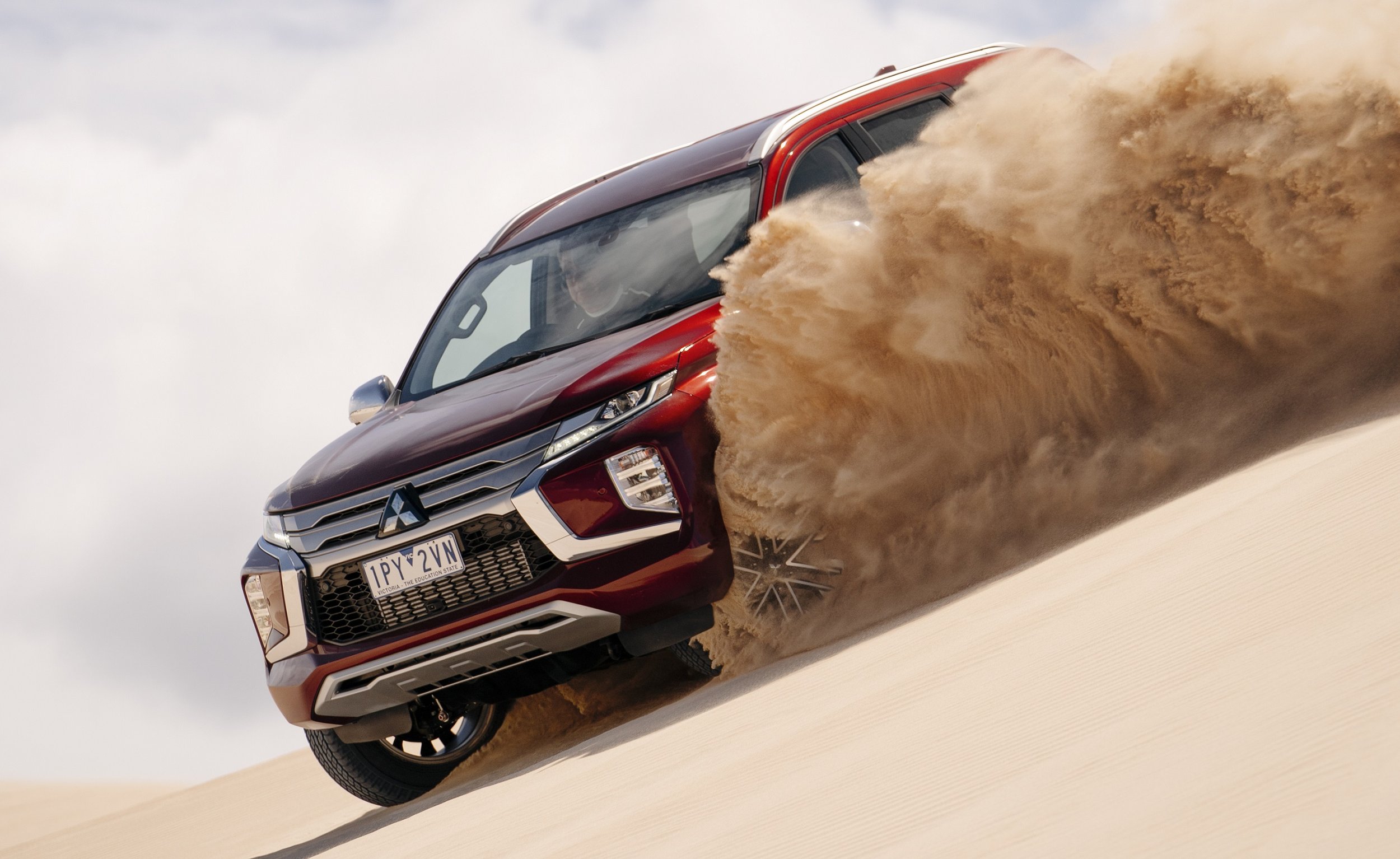
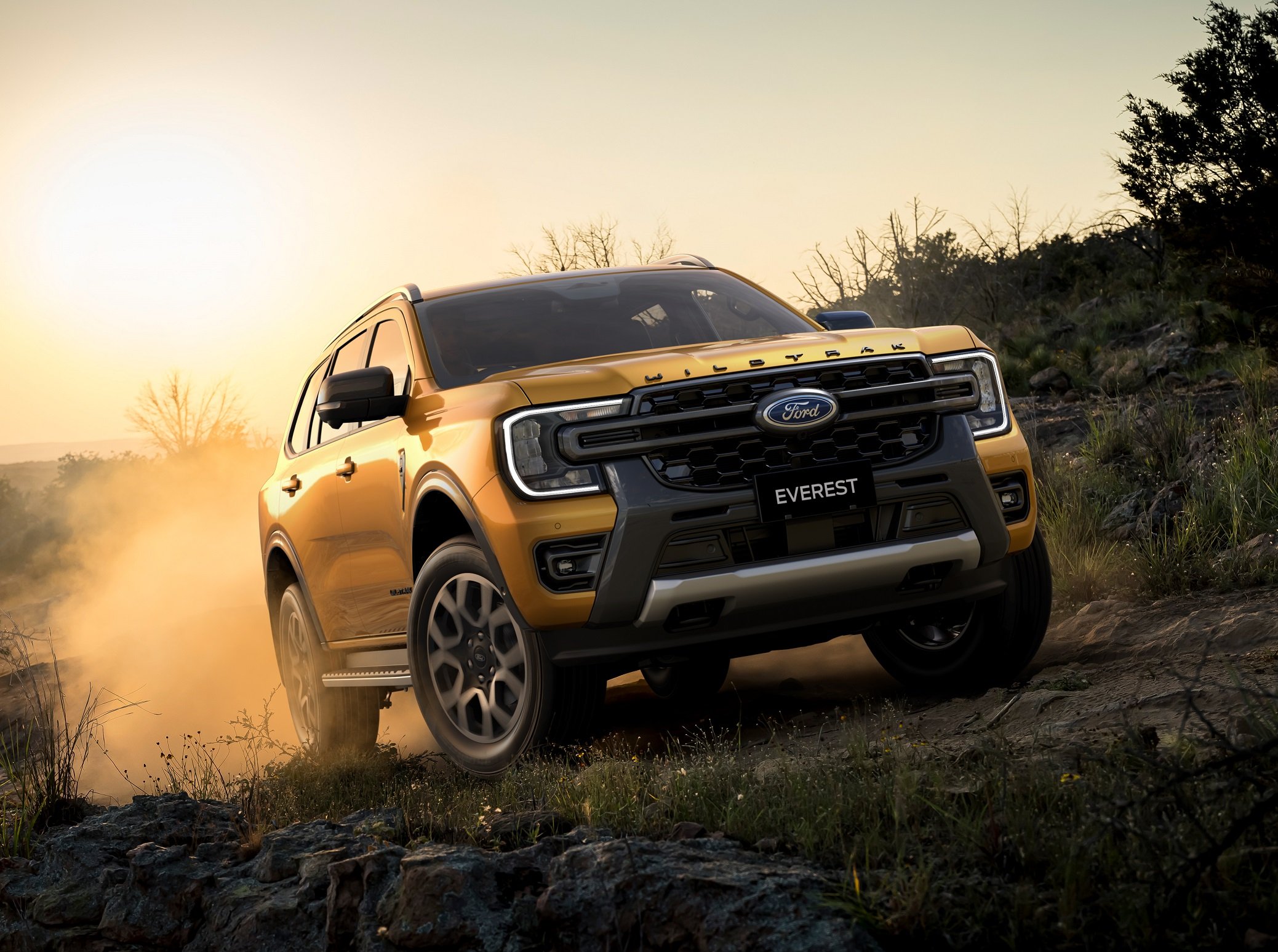
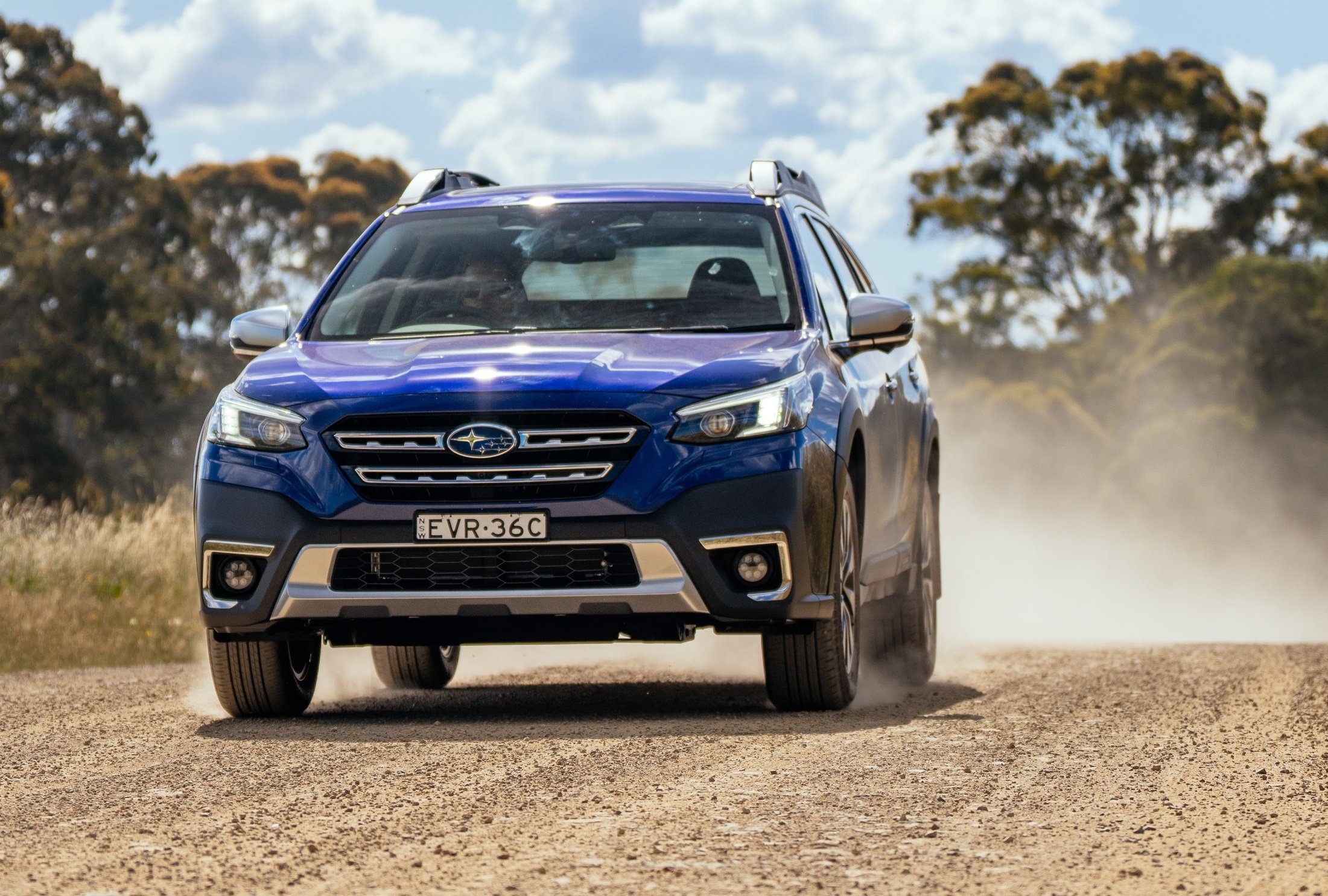
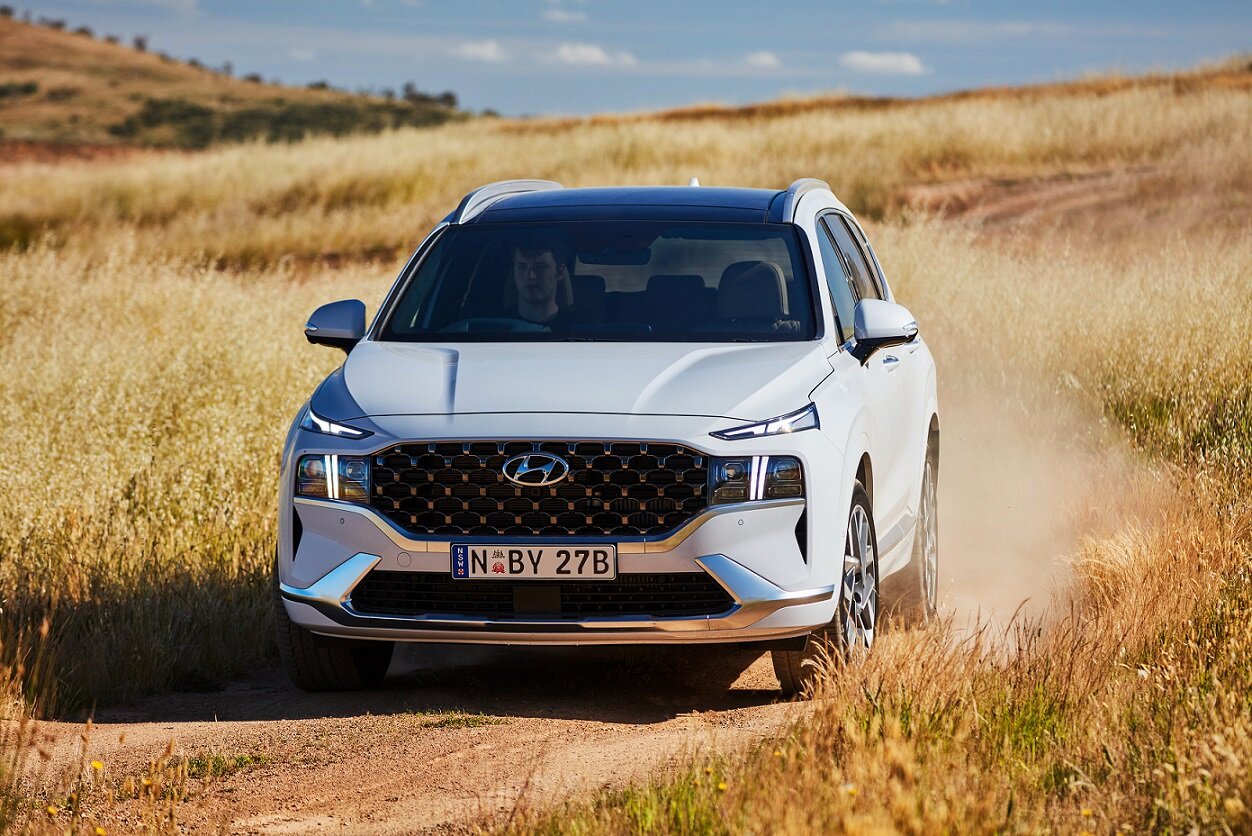
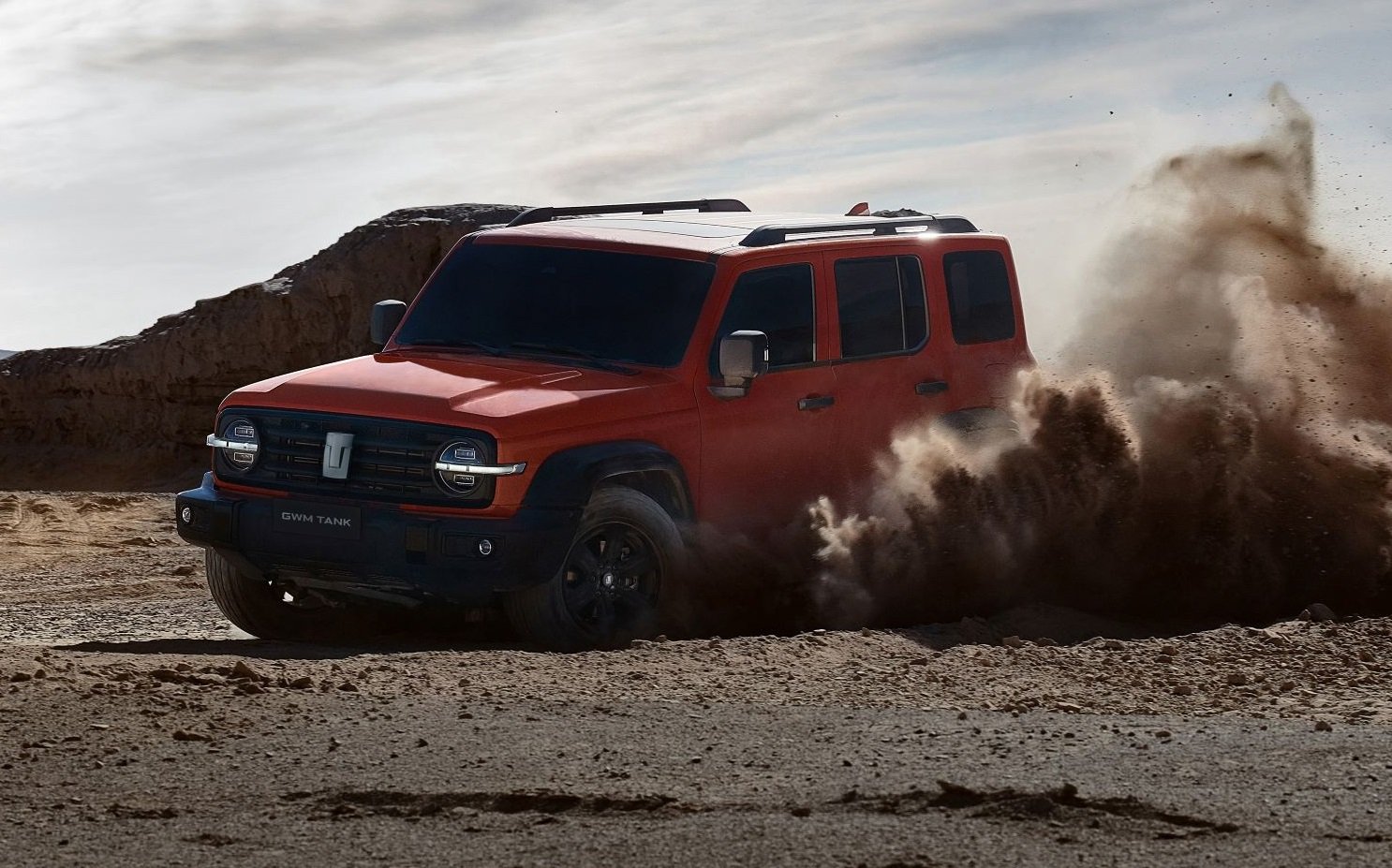
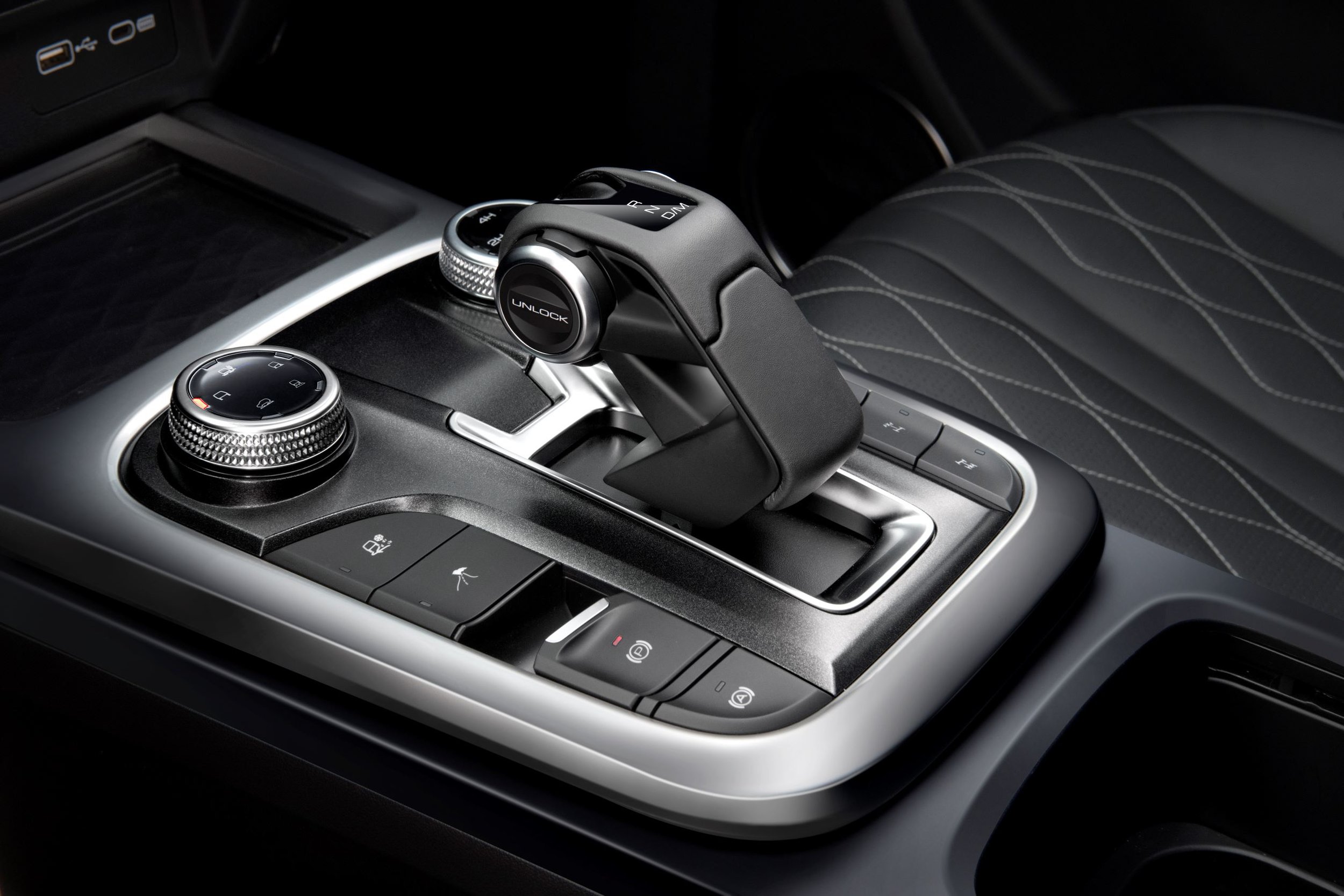
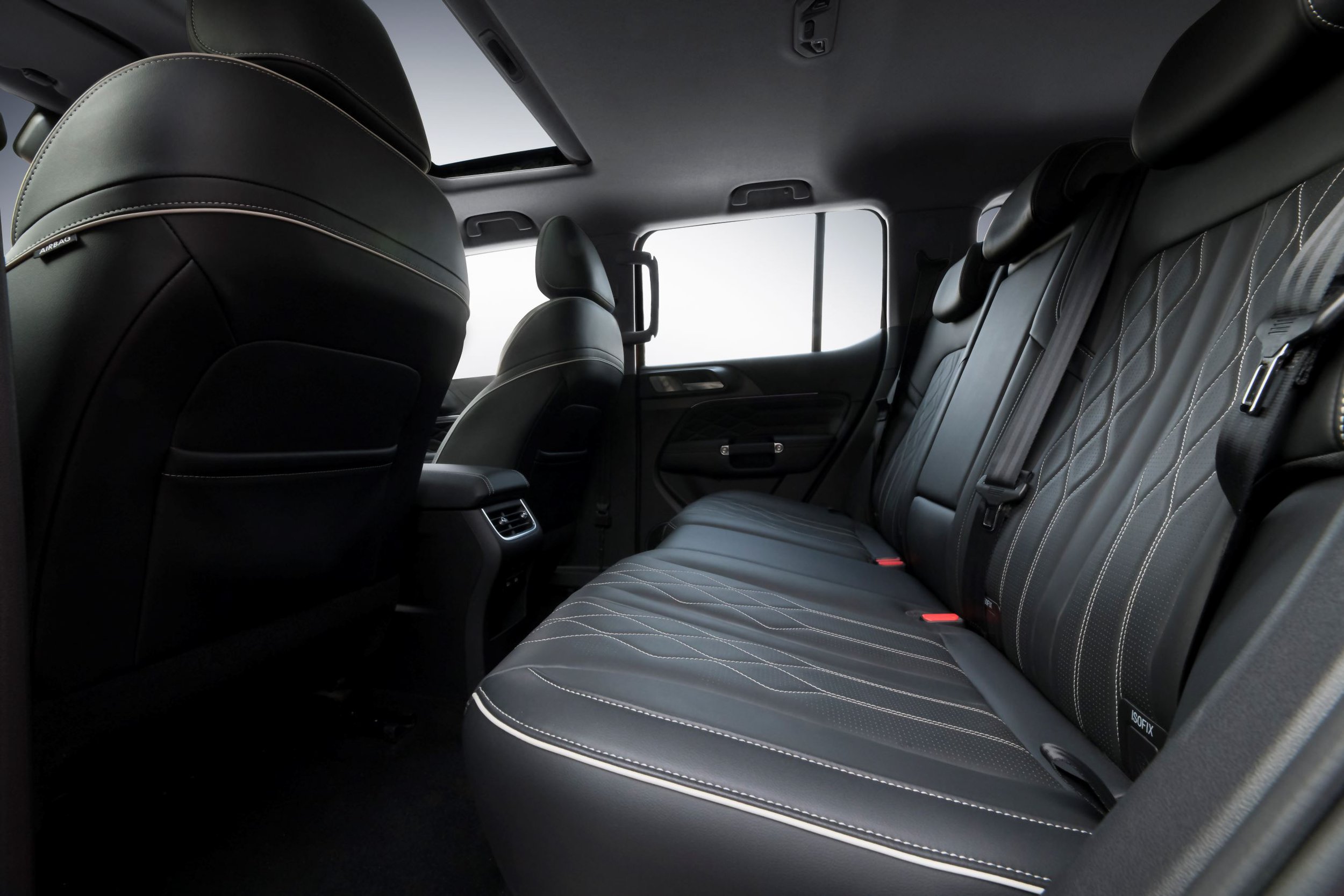











The Hyundai Palisade is a big, comfortable holiday machine for growing families and offers excellent value, generous 8-seat SUV space, and practicality on par with LandCruiser - but it’s $30K more affordable.